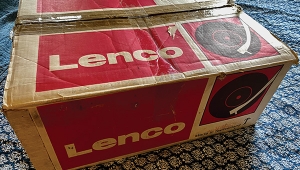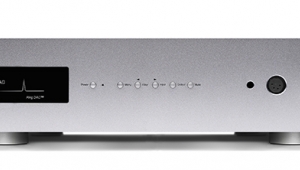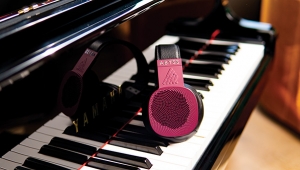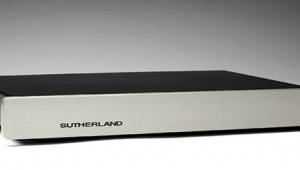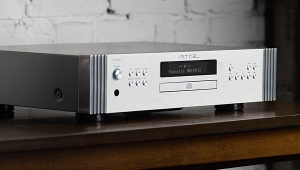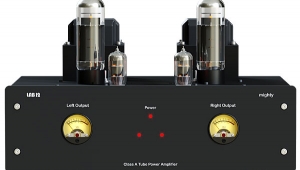| Columns Retired Columns & Blogs |
Hi Herb.
When both KT88 & 6L6 are operated in the same wired triode mode, both are therefore operate as a triode: typically max 5% 2nd harmonic distortion, with 3rd & higher order harmonics much lower without global negative feedback.
This is how all published data of the tubes based on.
So how come yr above statement re different harmonic distortion of the triode-wired KT88 & 6L6 ?
Of course they sound different from each other due to their different technical data, e.g. plate resistance, negative bias voltage, heater current etc etc, but NOT because of their 2nd & 3rd harmonic distortion level while both working as a trioide.
Technically, the ratio RL/rp (loudspeaker impedence/tube internal (plate) resistance) dictates the output power & the 2nd harmonic distortion levels of a single-ended class A1 power triode.
For example, a triode plate restance rp is 1,610 ohms (6L6=1,700 ohms) & the louspeaker load impedance is ideally 2x1,61KR=3.22KR. The output power would be 2.1watts & it's dominant 2nd harmonic distortion will be 10% without global negative feedback. Third & higher harmonic distortions can be neglected.
This is the musical charm of a power triode operating single-ended class A mode - making our ears feel so good !!
Listening is believing
Jack L












